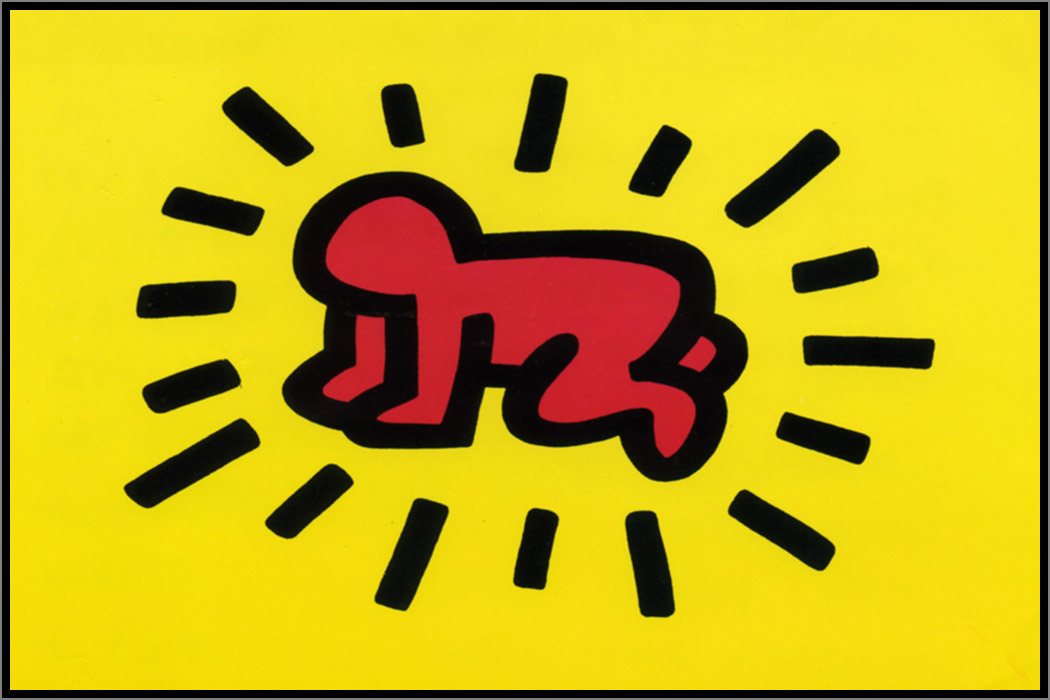Are graffiti the same as vandalism? Maybe, there's something shining...
It is true, there has been an intensification of the fight to graffiti recently. And this is the right way to go. Still, we also must say that this underground world gave birth to many artists that later became famous. If we had to name one? It would be Keith Haring. Born on May 4, 1958, he grew up in a tranquil town called Kutztown, in Pennsylvania.
At 18, Haring got his diploma from the High School of Kutztown and moved to Pittsburgh, where he then went to the Ivy School of Professional Art to study advertising design. After a few semesters, he decided to drop out of school, and fully dedicate his time to art.
He greatly studies the artists that emerge in those years in the international scenario: i.e. like the Art Brut pioneer Jean Dubuffet or the "monument packager", Christo But what exalts it mostly is the concept of line. The continuous line. Maybe, its because he studied graphics, or maybe it's his love for comics, but Haring never seems to move his hand away from the sheet of paper he is drawing on, or from the canvas, maybe to contain the colours he uses, to keep them within a frame to make them later explode in their compactness.
Straight on, it's the large public that seems to interest him the most. So, he became an assistant cook, a job he kept making a few dimes, to pay for his first exhibit in the canteen where he worked. In the same year, in July 1978, he creates another exhibition at the Arts & Crafts Center in Pittsburgh, where he shows drawings from which it possible to see his distinctive trait. These graphical signs look a bit like hieroglyphics, white and black. The ink splashes with decisiveness from the canvas.
Finally, in 1979, he moved to New York, and went to the School of Visual Art to follow the drawing and painting classes.
Haring, in that period, shared a room with another big name of street art, Kenny Sharf. He moved round the whole of New York. He convinced himself that his mission was to make art more available to the masses and not only to the elite, to donate it to the public, to the greatest number of people. So, he began to create some works in the most frequented places and in the streets.
Then, a light bulb turned, suddenly, on: the metro will become his art lab. He took advantage of the advertisement spaces filling them with chalk drawings. And it is right there, that the "Radiant Baby" appeared for the first time, in 1980. It would later become an identifying mark of Keith Haring's artwork: a baby on all-fours with light rays coming out from him. The baby probably is inspired by Christian iconography, but there these rays represent divine grace, while instead in Haring's works, they stand for hope, strength, love, and optimism.
This is of course only an account of the beginnings of one of the most recognizable artists out there. A story that started in the metro.





